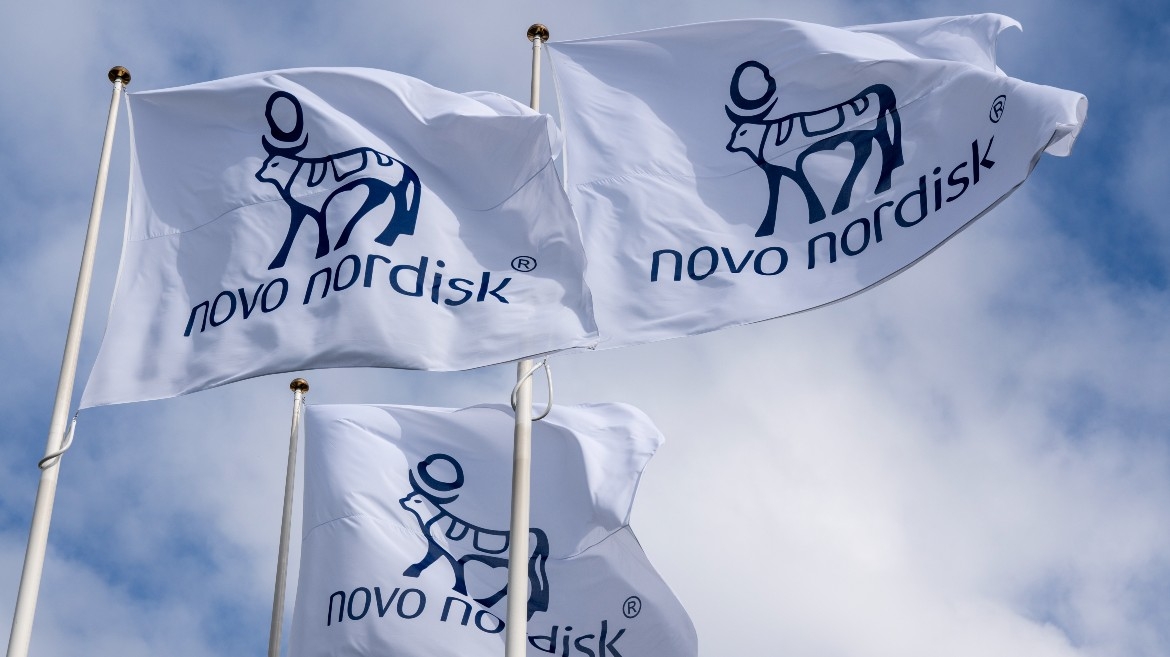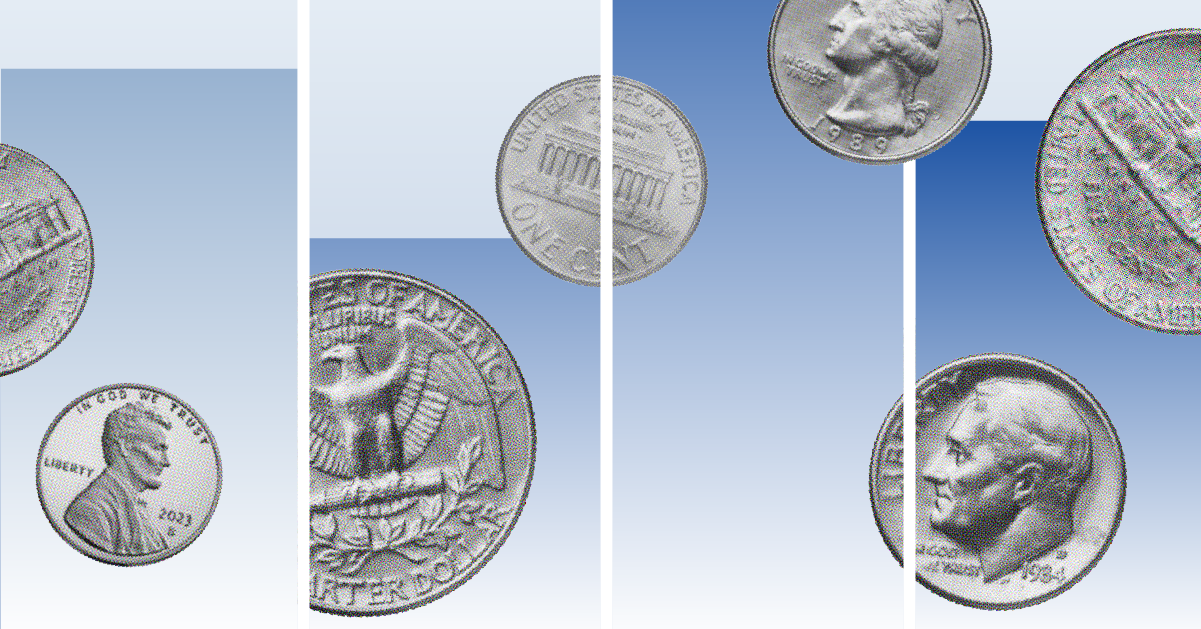Since Kraft made its bid to acquire Cadbury, the British confectionary group appears to have intensified its efforts at cost reduction, making the achievement of near term operating margin goals look more attainable. We take a look at Morningstar stock analyst Erin Swanson’s assessment of Cadbury’s UK listed stock. (Click here for our previous analyst’s note.)
Fair value estimate: 703p ¦ Fair value uncertainty: Medium ¦ Economic moat: Wide
Thesis
Since Kraft made its unsolicited bid for Cadbury, we believe Cadbury's
efforts to trim more fat from its cost structure by simplifying its
manufacturing base, reducing stock-keeping units, and centralising its
European supply chain have likely intensified. As result, we now believe
that it is more likely that the confectionery firm will realise its
stated goal of generating midteens operating margins by 2011.
Cadbury is a leading player in the global confectionery market with nearly 10.5% share, securing its leading position by making more than 40 acquisitions in confectionery and beverages during the last 20 years. Many of its acquisitions were sound from a strategic standpoint. For example, in 2003, Cadbury acquired the Adams portfolio of brands for $4.2 billion, which catapulted it into the second-leading position in the higher-margin gum business and expanded its presence in developed and emerging markets.
Although the acquired confectionery businesses strengthened Cadbury's global foothold, allowing these businesses to run with a high degree of autonomy, it gave the firm a bloated management structure, too many inefficient manufacturing plants, and a proliferation of stock-keeping units and innovation projects that added unneeded complexity. As a result, the company's low-double-digit operating margins trail the midteens to high-teens margins enjoyed by other confectionery stalwarts.
That said, Cadbury is making strides in its efforts to rein in its cost structure. Through the first six months of 2009, the underlying operating margin expanded by 140 basis points to more than 11%. In our opinion, it is even more likely now that Cadbury will reach its midteens operating margin goal by 2011. Whether management is seeking to garner a higher bid from Kraft or another suitor (up from the initial offer of 745p per share or a total consideration of $16.7 billion) or whether it wants to prove to shareholders that they would be best served if the firm were to remain an independent entity, achieving this target is even more crucial. We now expect operating margins of just more than 15% by 2013, up from our previous forecast of 14%.
Although Cadbury continues to face several near-term head winds (namely weak economic conditions in developed markets, a heavy reliance on emerging markets, and elevated commodity costs), we believe that Cadbury's position as one of the world's leading players in the attractive confectionery industry and its intense cost focus will enable the firm to generate improved margins and solid cash flows over the longer term.
Valuation
We're raising our fair value estimate to 703p per share from 585p. We
now contend that following Kraft's unsolicited bid for Cadbury,
management is likely laser-focused on realising the projected midteens
margin improvement by 2011 in order to ward off an unwanted takeover or
to garner a higher bid from potential suitors. That said, difficult
economic conditions in the firm's developed and emerging markets and
elevated input costs could still pressure near-term results.
Furthermore, though we continue to believe the firm should achieve its
operating margin targets, near-term hurdles could extend the time frame
over which these targets are realised. We believe the company is
positioned to increase internal revenue between 4% and 5% annually
during the next five years. Our forecast excludes acquisitions, which
may cause future results to differ materially from our estimates. We
have included the firm's planned product streamlining into our model,
which we expect will lower revenue growth by 50-75 basis points. We
believe Cadbury's cost-reduction efforts will yield significant
bottom-line benefits. In our forecast, the operating margin amounts to
just more than 15% by 2013 (which is up from an adjusted operating
margin of around 11% in 2008).
Risk
Cadbury's ongoing restructuring efforts may prove to be disruptive to
the firm's operations, and it is still highly unclear whether the
company will achieve the significant margin improvement management
anticipates. Further, Cadbury's profitability may be hurt by elevated
commodity costs, particularly cocoa, sugar, and fuel costs. Finally,
with nearly 40% of its sales resulting from developing and emerging
markets, the firm is exposed to volatile political and economic climates
that could pressure sales.
Strategy
Cadbury's primary objective is to drive margin gains by improving the
efficiency of its business. To achieve this, the firm is reducing
stock-keeping units and scrapping 15% of its manufacturing and
distribution centers by 2011. In addition, Cadbury is placing increased
emphasis on its key brands, markets, and customers. Finally, the firm is
concentrating on enhancing operations in Russia and China, which have
been a drag on profits.
Management & Stewardship
Todd Stitzer is the CEO at Cadbury, while Roger Carr assumed the
chairman role in July 2008. In our opinion, the separation of these
roles between two individuals is a positive. We also believe that
Stitzer's experience of more than 20 years at the firm, most recently as
chief strategy officer, is beneficial as Cadbury faces several
challenges. Overall, we believe compensation is fair. Two thirds of
compensation is variable and performance-based, which is a plus in our
eyes. In addition, we believe the metrics by which management is
critiqued--underlying earnings per share and returns on invested
capital--appropriately align management's interests with shareholders'.
We are further encouraged that Cadbury has put share-ownership
guidelines in place for its executive management group. However, we
would prefer if directors were elected on an annual basis, rather than
the current three-year staggered structure. It is also worth noting that
Ken Hanna stepped down as CFO in April 2009. We liked Hanna, and he will
surely be missed. However, we believe the appointment of Andrew Bonfield
(most recently CFO of Bristol-Myers
Squibb) was a sound decision. Although Bonfield is new to the
confectionery industry, we contend that his financial experience should
be a plus as Cadbury seeks to trim the excess fat from its operating
structure and enhance its profitability.
Profile
Cadbury operates as the leading competitor in the global confectionery
market, with product lines spanning the chocolate, candy, and gum
segments. The firm distributes its well-known brands (such as Halls,
Trident, Green & Black's, and Dentyne) in more than 80 countries around
the world. After completing the sale of its Australian beverage segment
in April 2009, Cadbury is now exclusively focused on its confectionery
operations.
Growth
More than $10 billion of acquisitions have diversified Cadbury's
business into faster-growing, more-profitable segments of the
confectionery market. Going forward, we expect that the firm will seek
to drive growth through small bolt-on acquisitions as well as further
penetration of its existing brand portfolio.
Profitability
Management projects a midteens operating margin by 2011, which we now
believe is an attainable goal. In our view, it is likely that Cadbury is
now more intently focused on driving cost savings to ward off Kraft's
takeover bid or to justify a higher offer price.
Financial Health
We're not concerned by Cadbury's debt levels, as the firm operates with
nearly £1.4 billion of long-term debt, and adjusted earnings before
interest and taxes of more than 4 times through the first six months of
2009.
Bulls Say
1. In our view, Kraft's unsolicited bid for Cadbury has likely motivated management to drive further operating margin improvement in order to prove to shareholders that they would be best served if the firm remained an independent entity or to garner a higher takeout price.
2. We believe the firm has a substantial opportunity to trim excess fat from its operating structure and enhance profitability. Even after its cost-reduction programme, Cadbury remains more inefficient than its global peers.
3. Cadbury is a leading player in the worldwide confectionery industry with 10.5% global share. The firm competes in all three segments of the market: chocolate, sugar, and gum.
4. Private-label competition is minimal in the confectionery industry, as these firms only control about 5% of the market.
5. Nearly 40% of Cadbury's confectionery sales result from faster-growing emerging markets.
Bears Say
1. Given the economic weakness in Cadbury's more mature markets, such as the U.S. and U.K., as well as the impact that slowing growth in the Western world could have on emerging and developing markets, we believe Cadbury's growth could come under pressure.
2. Escalating commodity costs are a persistent issue for all packaged-food firms. Cadbury expects its input costs to rise 6%-8% in 2009, particularly because of higher cocoa prices.
3. Cadbury failed to deliver on 50-75 basis points of annual margin expansion during its cost-reduction programme.
4. The combined Wrigley-Mars has bypassed Cadbury as the global confectionery leader and could represent a more formidable foe.
Erin Swanson is a Morningstar stock analyst based. Morningstar's editorial policies prohibit analysts from owning stocks they cover.























